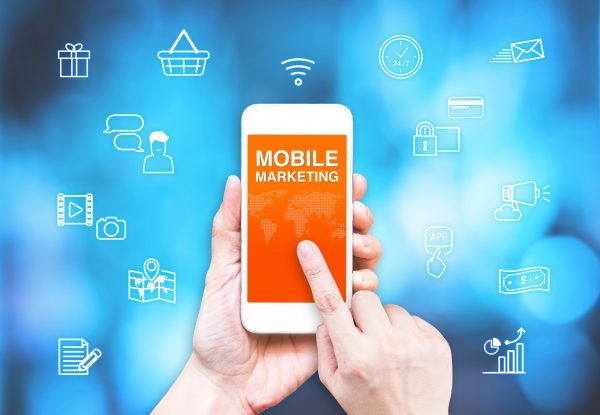Push notifications are a great way to engage – they are free and they are effective. When done right, they can really boost conversions and engagement with your mobile app. Here are the top things to consider to ensure you are using best practice for push notifications:
- Relevance
Consider who the audience is and what type of communication they want to receive to avoid confusing them. Segment your audience into categories so that you can send the right message to the right person. If you are running a news app, for example, breaking news for one person might not be considered breaking news for another person.
- Analytics
You need to manage the push notifications that you send against the ones that have been opened. Push notifications that have a very low open rate can be indicative of a problem with the quality of your notification. When you fatigue users with push notifications that are not effective, it can result in your app being deleted off their device. You can query the Apple and Google Quality of Service API, which will let you know which device tokens fail to receive the push. When you see a campaign or a push that has resulted in deletions or uninstalls of your app, you need to take this information back into your strategy and consider what you need to change.
- Sensitivity
Some of the contextual information you need to take into consideration with push notifications is the following:
- The Time Of Day,
- The Time Zone, And
- The frequency of the push notifications.
Your industry and the type of company you are, for example, will impact the time of day that you send push notifications. If you are a retailer, it would be more beneficial to send a push notification around mid-morning as opposed to first thing in the morning or in the evening.
These are only three of the best practices you need to keep in mind for push notifications. Need help with your mobile marketing strategy? Then contact WSI OMS today.


